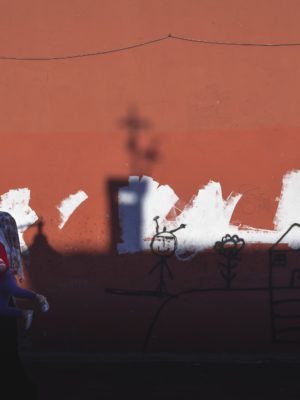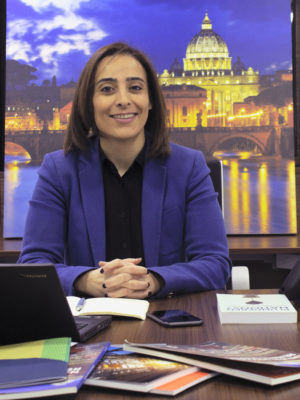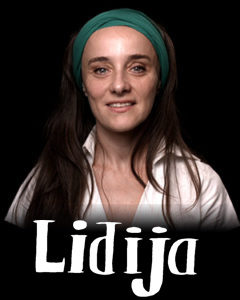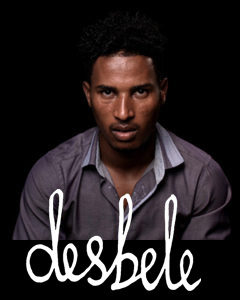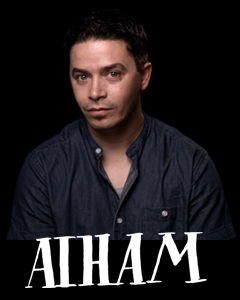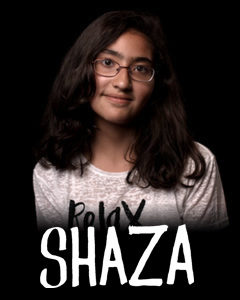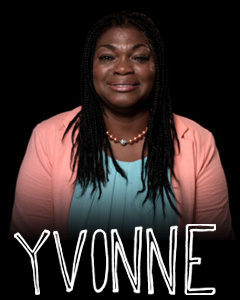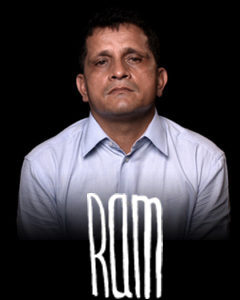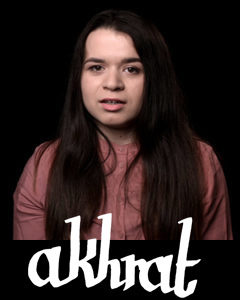Sanne Terlingen: #UnmasktheTruth
The #UnmaskTheTruth campaign supports journalists who are committed to unmasking the truth. Free Press Unlimited spoke with Sanne Terlingen, one of the founders of Lost in Europe.
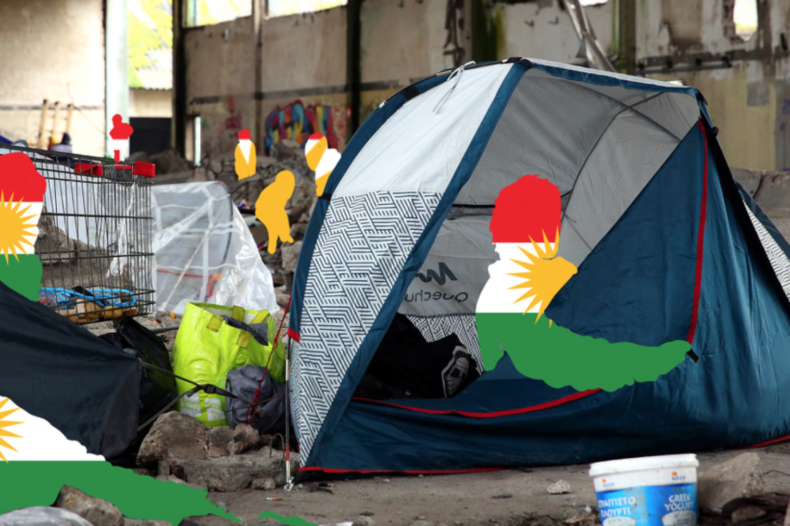
Sanne Terlingen works as an investigative journalist for the Dutch radio programme Argos, and is specialised in refugee issues, human trafficking and organised sexual abuse. She is also one of the founders of the investigative collective, Lost in Europe. Last year, she spoke at Humanity House about the invisible fate of a minor asylum seekers.
Free Press Unlimited interviewed her about the campaign #UnmaskTheTruth. A campaign about journalists under pressure. All over the world, journalists are being silenced and opposed in their efforts to report the truth and hold those in power accountable for their actions. Their equipment is stolen and destroyed; they are attacked or prosecuted. Journalism is not a crime. Especially in this time of crisis, where reliable information can save lives, journalists must be able to do their work free from violence. Sanne’s most recent investigation for Lost In Europe revealed that last year more than one thousand Nigerian asylum seekers disappeared from Dutch refugee shelters. A distressing story that illustrates the failure of the refugee system in the Netherlands. Free Press Unlimited spoke with Sanne about the challenges of working with traumatised people, the balance between involvement and objectivity, and working across borders with Lost in Europe.
Lost in Europe is an investigative collective of journalists from different countries that tries to discover what happens to refugee children who have disappeared in Europe. This idea came about as a result of the investigation that you carried out after the death of an Eritrean asylum seeker, Kahsay Mekonen. Can you tell us more about that?
“Kahsay Mekonen lived in the refugee shelter in Leersum. He disappeared without a trace in December 2013, and was found dead hanging from a tree in Germany on 5 January 2014. The German police immediately labelled it a suicide, and the Dutch police did not investigate it. The people that were close to him sounded the alarm. They said that he didn’t even dare take the train to Utrecht because he did not understand how the public transport system worked. How could he have found his way to Berlin and then to Bremen on his own? And who goes all the way to Bremen to commit suicide?
Together with Huub Jaspers (Argos) and Hanna Möllers (Radio Bremen), I set out to investigate the matter. A year after Kahsay’s death, we visited the park behind the station where his body was found. A piece of the belt by which he was hung, was still on the tree in question. That typified the investigation: no-one had even bothered to remove it properly.
During the investigation, we noticed that the pieces of the puzzle were in all kinds of different countries. Kahsay lived in the Netherlands, but was found in Germany. We discovered that he had had an argument with a notorious human trafficker in Italy. We found that out through Kahsay’s brother in Israel, who had paid for Kahsay’s trip. We also found information in Norway, where the trafficker’s sister lived, and in Eritrea.
That was how I got the idea to set up a network of journalists located in different countries, all of whom have knowledge of migration and human trafficking problems, to work together on this type of investigation. Why should a single journalist have to find his way around in all the different countries, if you can all work together? Also, an investigation has more impact when you can publish in multiple countries.”
You can read the complete interview with Sanne Terlingen here.
Here you can rewatch the programme with Sanne Terlingen at Humanity House.

